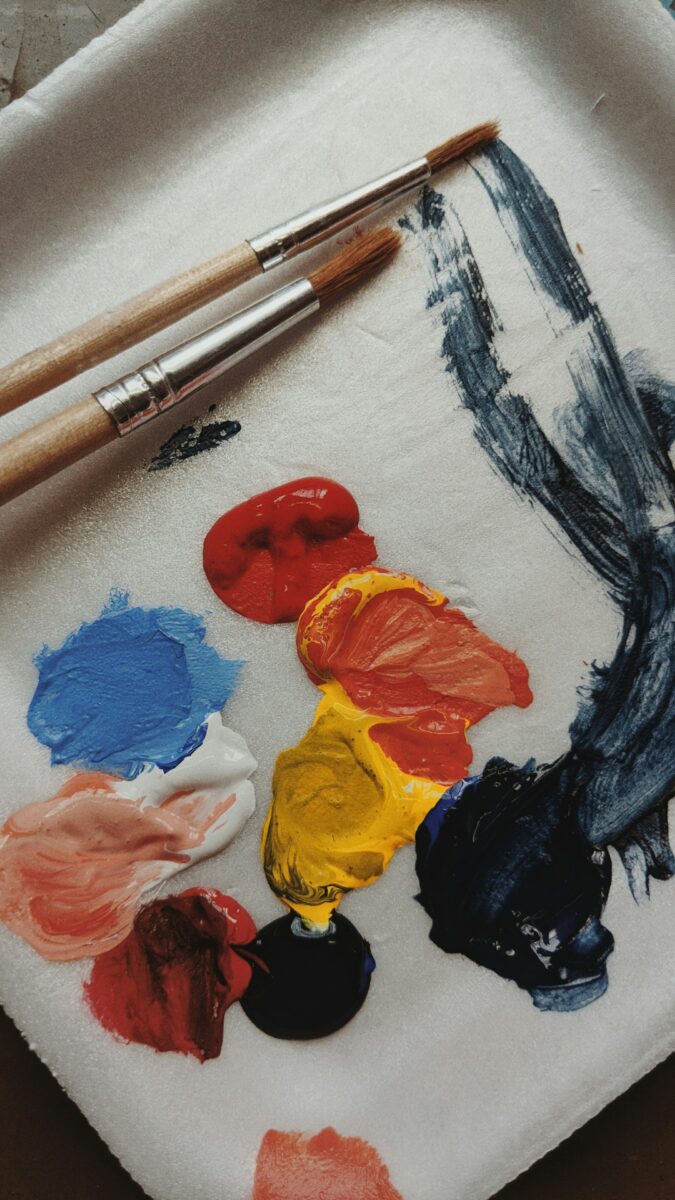The German-born British artist Walter Sickert is rightly remembered for his contributions to art in early 20th-century London. However, for two years, he relocated to Dieppe in France where he enjoyed a penchant for painting casinos and café life.
During his lifetime, Sickert, who was a key member of the Camden Town Group, typically found inspiration in the lives of ordinary people and the bustling city landscapes. His oeuvre encompassed a diverse range of subjects, from intimate portraits of notable figures to poignant reflections of contemporary life captured from the pages of newspapers. However, during his time in France, he found some comfort from the passing of his second wife in the casino with a particular fondness for the popular game of baccarat.

Sickert’s “Baccarat” painting from 1920 sells for over $120,000
Out of his many paintings depicting the game of baccarat, Sickert’s gift to Mille Livache in 1920 is one of the most famous. It sold at a Christie’s auction in 2015 for around $122,000. Now a popular game internationally, it often complements the array of online slots available at casinos as part of a selection of table games and live casino favorites like roulette and blackjack.
However, in the early 1900s, it wasn’t legal to play baccarat in Britain so gamblers would cross the channel and play at places like Dieppe’s Casino Mauresque. It was here where Sickert painted several of his works including the equally famous, “The Fur Cape”, which can be found in the Tate Gallery.
Sickert’s gifted painting to Mille Lavache had been privately owned by an American collector most recently before its listing at auction. They had acquired it from author Robert Emmons, a devotee of the artist’s works and writer of The Life and Opinions of Walter Richard Sickert.
The story of the painting itself takes us back to the summer of 1920. Sickert dedicated many evenings to sketching sessions at the casino. Nestled at the distant end of Rue Aguado, it teemed with fashionable characters whose presence within its lavish gaming chambers ignited a creative fervor in the artist. The game of baccarat that has enjoyed a new lease of life at online casinos today with the latest technology recreating the casino atmosphere online, Sickert meticulously observed the graceful contours of players adorned in chic hats and attire.

A painter entranced by his subject
Sickert found himself drawn to the dynamic interplay of the players, capturing their intense focus as they leaned over the gaming table, bathed in the glow of overhead lamps. In this particular work, several figures are depicted with their backs turned towards the viewer, while the croupier at the composition’s left is partially obscured by the canvas’s edge.
Initially, Sickert sketched unnoticed, but a complaint from his friend Lady Blanche Hozier led him to resort to clandestine methods. Afterwards, he discreetly continued his artistic pursuits, concealing small cards beneath the gaming tables to evade detection. This led to several partly completed sketches and other pencil drawings that exist today and are worth tens of thousands of dollars.
Walter Sickert’s time in Dieppe unearthed a captivating chapter in his artistic journey, immortalizing casino life and baccarat in his work. The sale of “Baccarat” for $120,000 in 2015 attests to his enduring legacy. As his legacy endures, so too does the fascination with his enigmatic persona and the vibrant world he immortalized on canvas.



